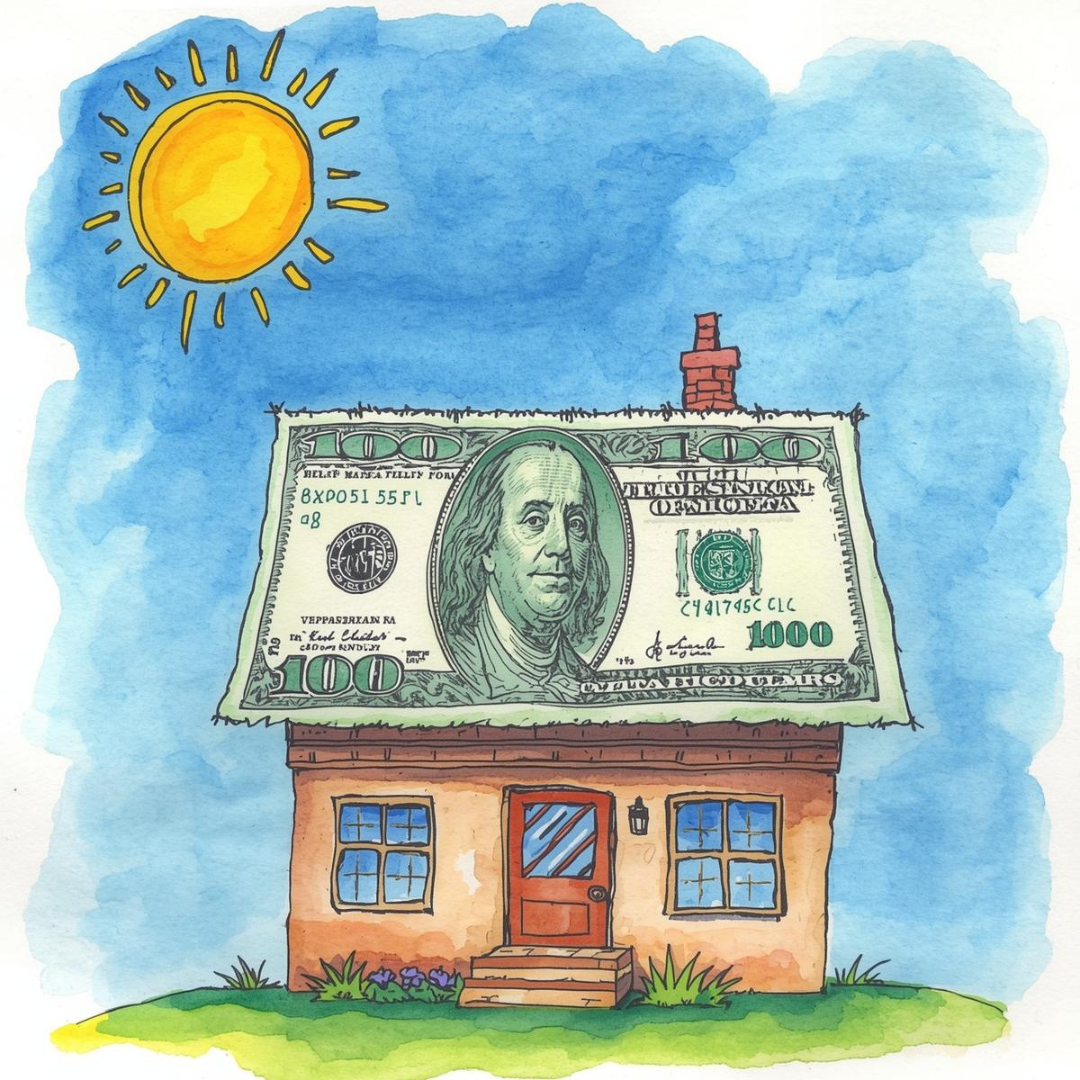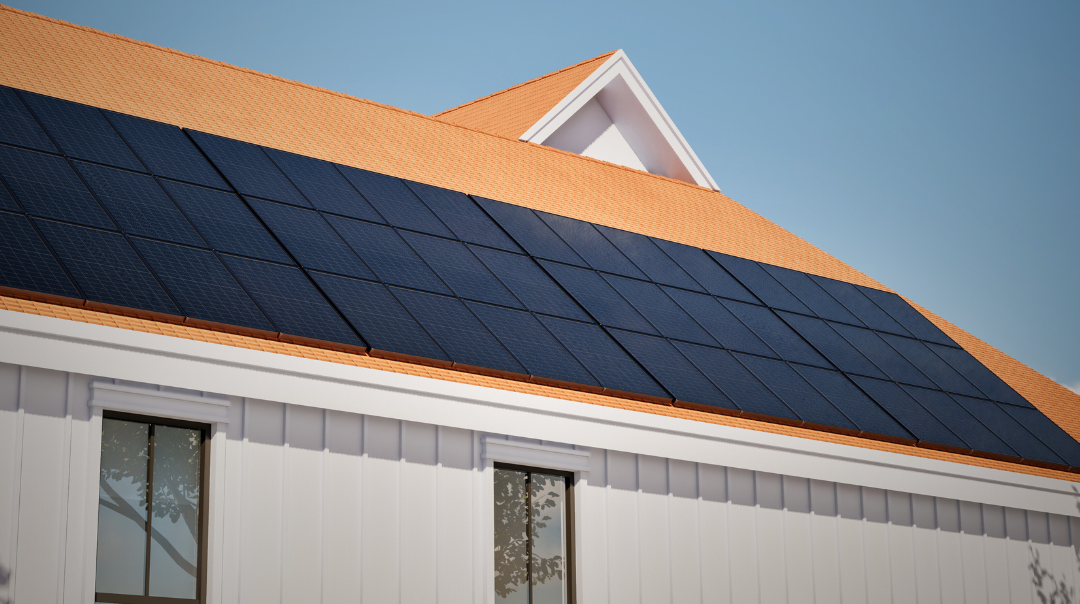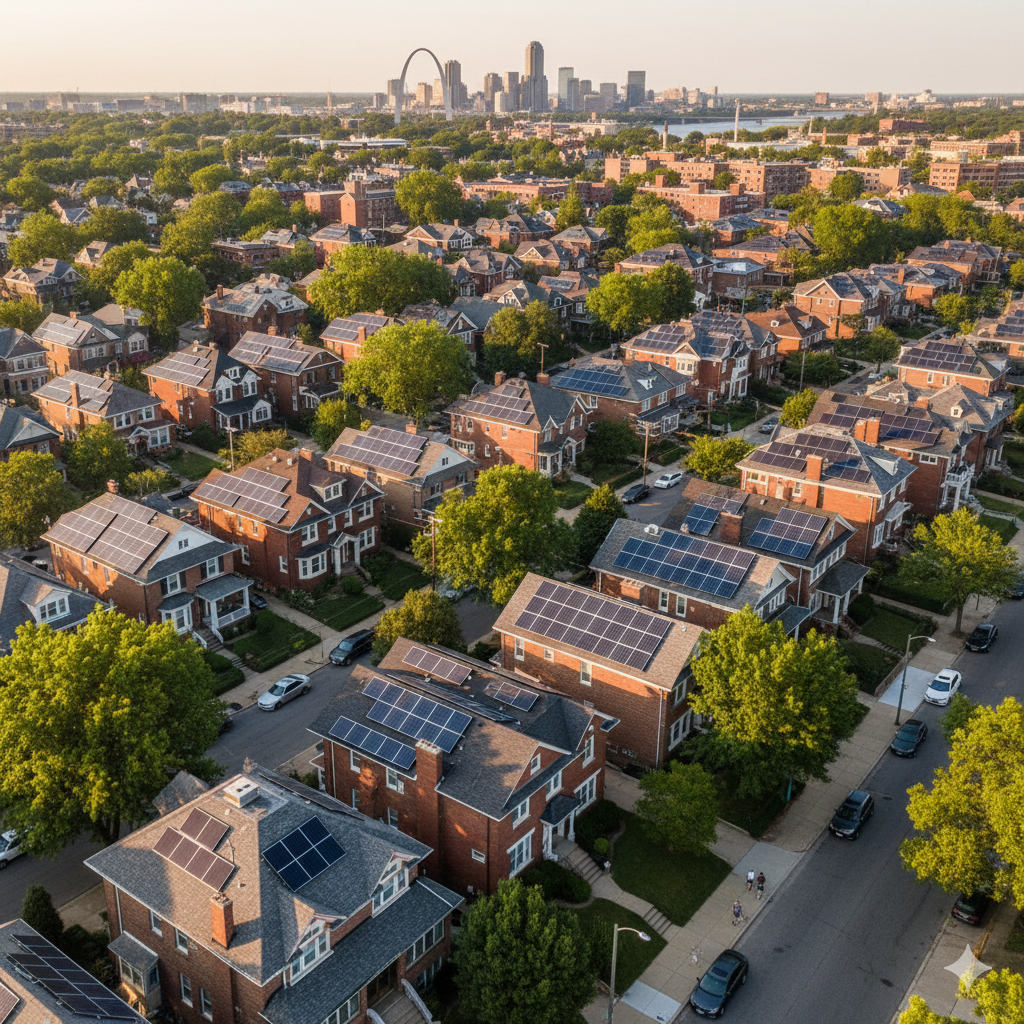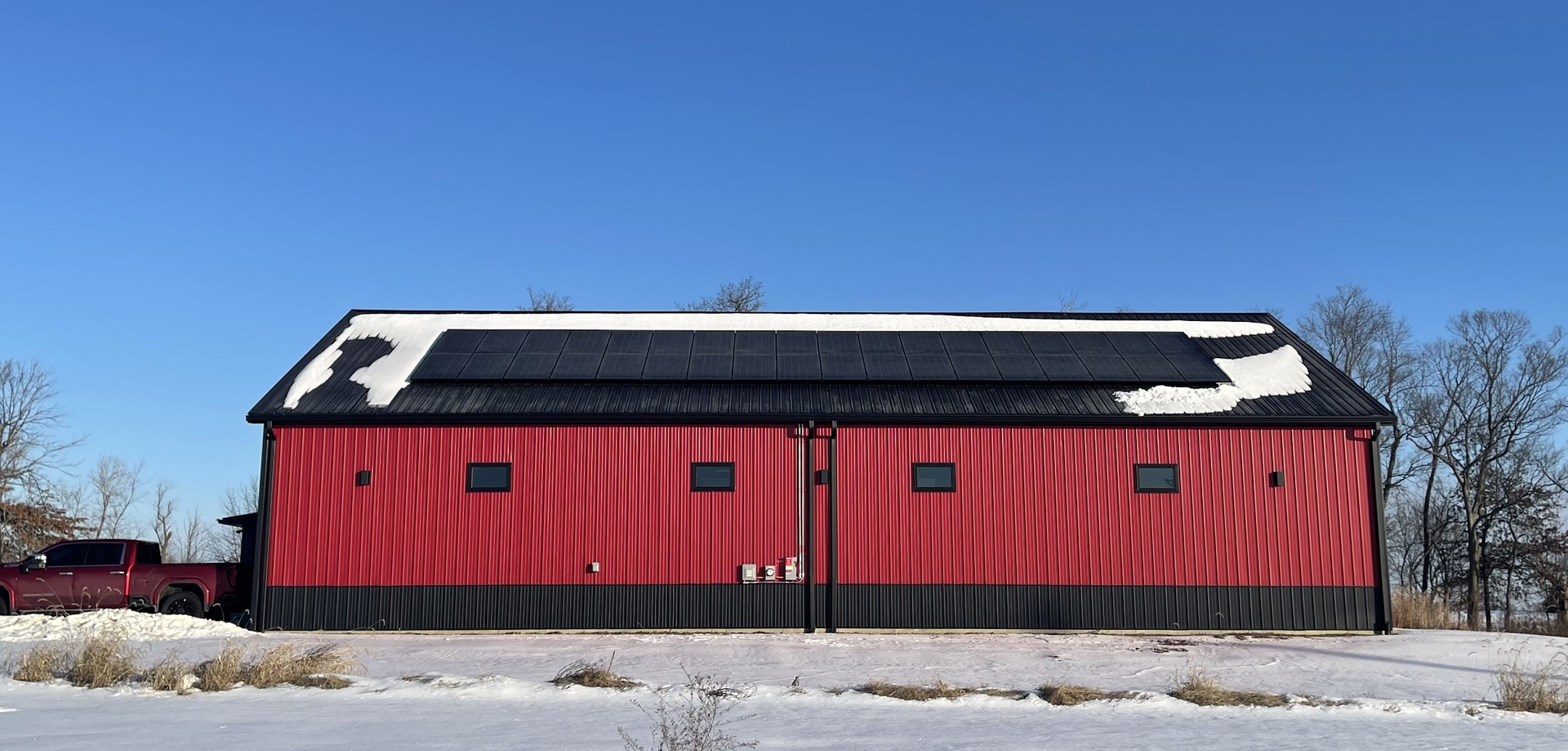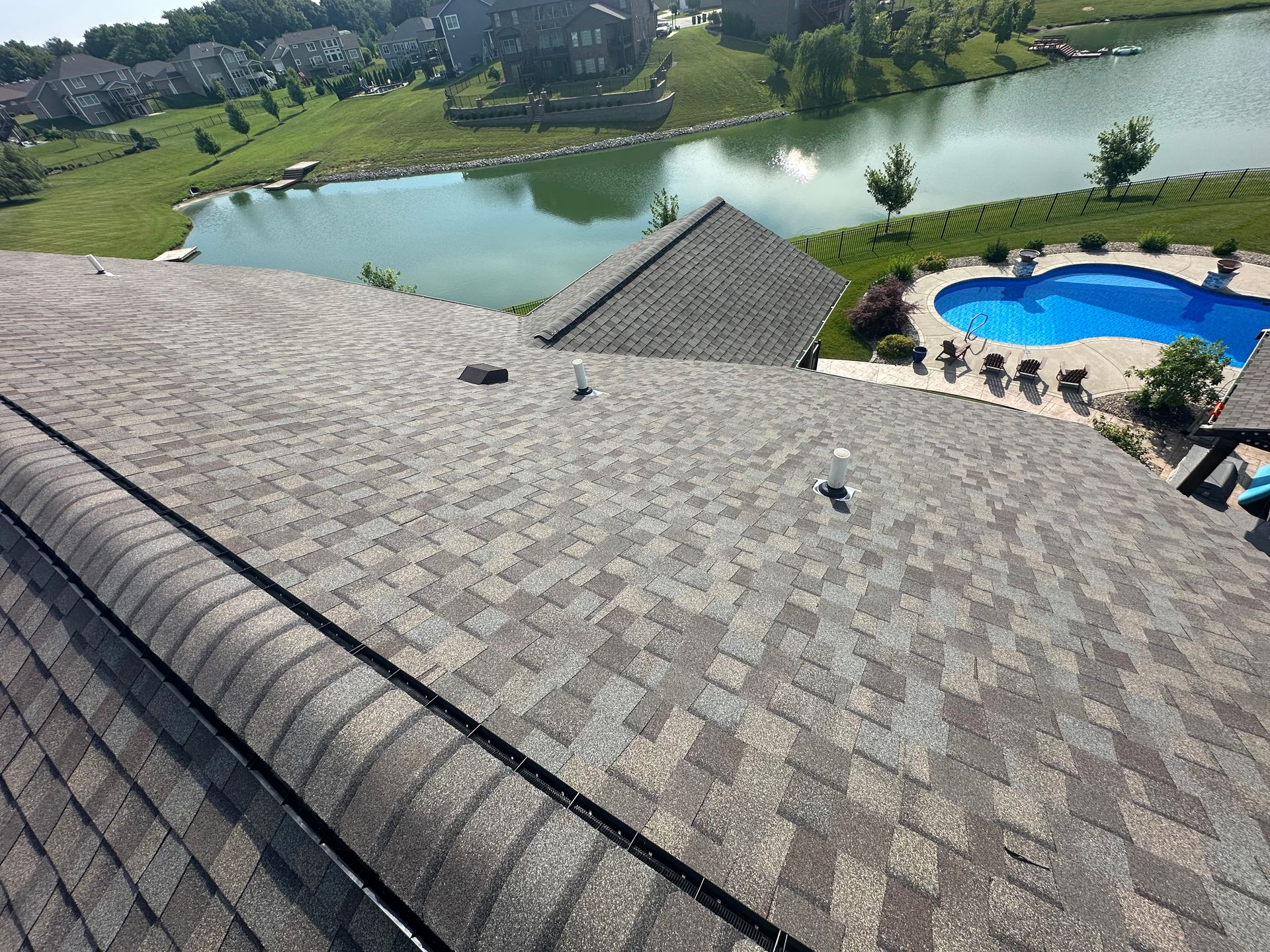How Seaweed and a Billion Years of Evolution Could Supercharge Solar Panels
From the sleek design of a bullet train inspired by a kingfisher's beak to Velcro, a genius invention based on a burdock burr, nature has been a relentless source of inspiration for human innovation. This field, known as biomimicry, is all about solving modern problems by looking to the natural world.
Now, scientists are turning their attention to an unlikely source of inspiration: red seaweed. Research from the Natural History Museum suggests that these ancient marine organisms could hold the key to building more efficient and resilient solar panels.
At
SunSent Solar, we believe in staying at the forefront of the solar industry. While we won’t be putting seaweed on your roof just yet, this fascinating research highlights the same principles of efficiency and durability that we apply to every
solar panel installation
here in the Midwest.
What Seaweed Can Teach Us About Capturing Light
Seaweeds are among the oldest forms of multicellular life on Earth, and over the past 1.6 billion years, they’ve evolved incredible ways to manage sunlight. Just like solar panels, seaweed needs a precise amount of light to function—too little, and it can't photosynthesize; too much, and it gets damaged.
Scientists have discovered that the unique, structural color of red seaweed, which is different from its pigment, helps it deal with this very problem. A seaweed’s intricate cell structure can either:
- Shield Itself: In environments with too much sunlight, the seaweed's cell structure helps dissipate excess, high-energy wavelengths of light, protecting its DNA from damage.
- Enhance Absorption: In low-light environments, some seaweeds can use their structure to funnel more light directly to their cells, maximizing photosynthesis.
This is exactly what engineers are trying to accomplish with solar panels. Today's most advanced panels are already designed with sophisticated materials and anti-reflective coatings to maximize light absorption while protecting against excessive heat.
The Homeowner's Lab: How You Benefit from This Research Today
While the seaweed-inspired solar panel is still a concept, homeowners are already benefiting from the same drive for innovation. Today’s residential solar panels have an average efficiency of 20-25%, a number that is constantly rising thanks to cutting-edge research.
- The Problem of Heat: Just like seaweed, solar panels get hot. And for every degree the temperature rises above 77°F, a panel’s efficiency drops slightly. That’s why modern panels are engineered with reflective backsheets and elevated mounting systems to promote passive cooling and keep their performance high.
- Longevity and Durability: Your
sunsent solarpanels are built for the long haul. They undergo rigorous testing to ensure they can withstand the same elements seaweed battles in the ocean: from intense UV rays to powerful hailstorms. This durability ensures your investment will continue to generate clean power for 25 years or more.
A High-Tech Partnership:
Sunsent Solar
and Your Home
Choosing a
solar panel installation
isn't just a financial decision; it's an investment in a high-tech system that is constantly evolving. As a trusted
solar installer in St. Louis
, we believe in providing our customers with the best technology available, from the highest-quality panels to our expert
sunsent roofing
service, which ensures your roof is the perfect foundation for your solar system.
We are not just one of the many
solar companies near you
. We are a partner dedicated to bringing the benefits of cutting-edge technology—the same innovation that inspires scientists in their labs—directly to your home, so you can enjoy a smarter, more efficient, and more reliable energy future.
Frequently Asked Questions (FAQ)
Q: Will solar panels be a lot more efficient in the next few years? Should I wait?
A: While lab-based research is exciting, it can take years for new technologies like Perovskite and seaweed-inspired designs to become commercially viable and affordable for homeowners. The federal
solar tax credit 2025
is in effect now, and the savings you'll realize on your electric bills today will outweigh any potential future efficiency gains.
Q: Do solar panels need to be cleaned?
A: Just like a seaweed's structure helps it stay clean, a modern solar panel's smooth, non-porous glass surface is designed to be self-cleaning. Rainfall is usually sufficient to wash away dust and debris.
Q: I need a new roof. Can I still get a
solar panel installation
?
A: Absolutely. In fact, getting a new roof and solar panels at the same time is a smart move. A
sunsent roofing
system provides the perfect foundation for your solar system, and you may even be able to finance the combined project for one convenient payment.
Don’t wait for the future to arrive. Let SunSent Solar bring it to you today.
Contact a leading
solar installer in St. Louis
at
636.757.3083 to schedule a free, no-obligation assessment! Don't miss the
October 1st deadline to lock in your project for this year!
